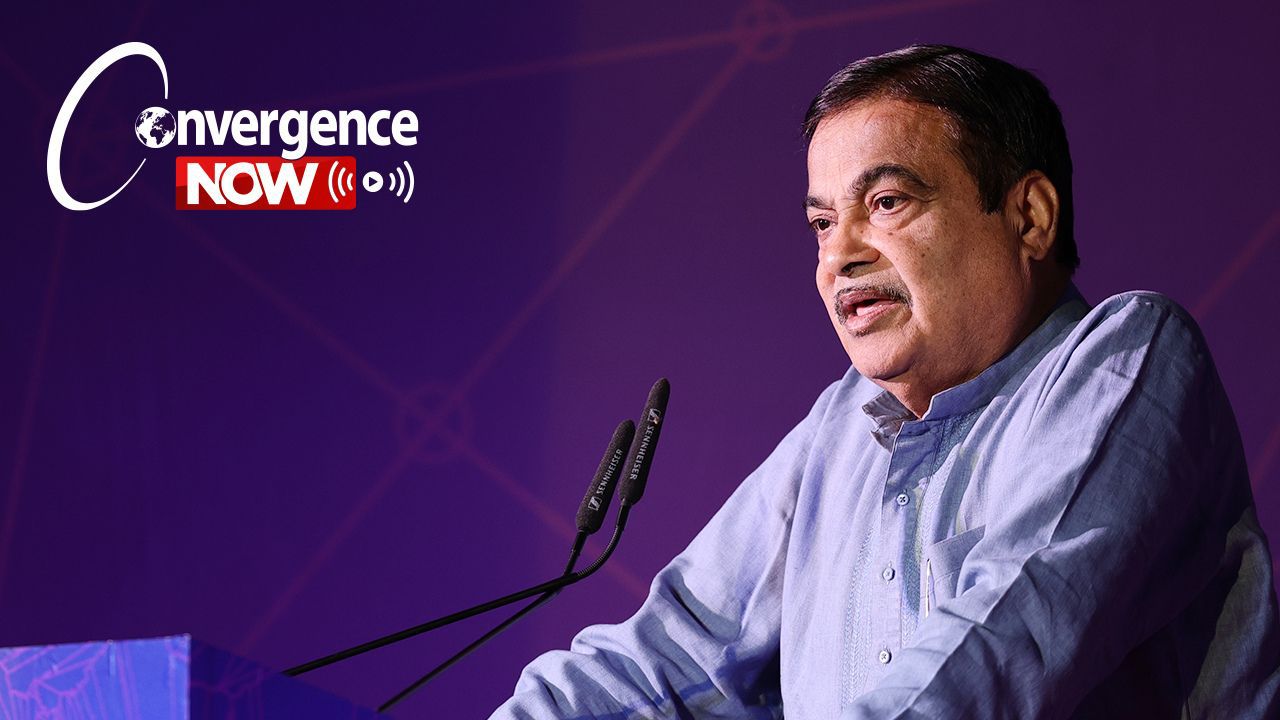At the 32nd Convergence India Expo, Nitin Gadkari, Union Minister for Road Transport and Highways, showcased his preference for hydrogen fuel technology by arriving in his Toyota Mirai, a hydrogen-powered vehicle. He remarked, "I have come to this function in my hydrogen car, Mirai. Mirai means future—the car is from Toyota, and I can see that the future technology is related to green hydrogen."
Gadkari has been a vocal proponent of alternative fuels, particularly hydrogen, to revolutionize India's transportation sector and underscored the need to raise awareness about hydrogen and Fuel Cell Electric Vehicle (FCEV) technology in India.
National Green Hydrogen Mission: Paving the Way
In alignment with this vision, the Indian government launched the National Green Hydrogen Mission on January 4, 2023, with an outlay of ₹19,744 crore. The mission aims to make India a global hub for the production, usage, and export of green hydrogen and its derivatives. Key objectives include developing a green hydrogen production capacity of at least 5 million metric tonnes (MMT) per annum by 2030, alongside adding approximately 125 GW of renewable energy capacity. This initiative is projected to abate nearly 50 MMT of annual greenhouse gas emissions by 2030.
Advantages of Hydrogen-Powered Vehicles
Hydrogen-powered vehicles offer several benefits:
• Environmental Impact: Fuel Cell Electric Vehicles (FCEVs) emit only water vapour, significantly reducing air pollution.
• Energy Security: Utilizing domestically produced green hydrogen can reduce India's dependence on imported fossil fuels.
• Economic Growth: It can stimulate economic development, create jobs, and position India as a leader in the global hydrogen market.
Government Initiatives and Policies
To promote the adoption of hydrogen vehicles, the Indian government has introduced several initiatives:
• Green Hydrogen Hubs: The mission plans to identify and develop regions capable of supporting large-scale production and utilization of hydrogen, establishing at least two Green Hydrogen Hubs in the initial phase. An allocation of ₹400 crore up to 2025-26 has been made for these hubs and related projects.
• Incentive Schemes: The government approved a $1.3 billion incentive scheme, known as PM E-DRIVE, to promote the adoption of electric vehicles (EVs) and reduce pollution. This includes subsidies for various electric vehicles and aims to enhance EV charging infrastructure.
• Vehicle Scrappage Policy: Gadkari has urged car manufacturers to establish vehicle scrapping centres to phase out old, polluting vehicles, which is expected to boost vehicle sales by 18-20 per cent.
These initiatives reflect a comprehensive approach to fostering a sustainable and self-reliant transportation ecosystem in India.
Industry Collaborations and Developments
The private sector is also contributing to this green transition. For instance, Tata Motors has initiated trials for India's first hydrogen-powered heavy-duty trucks, marking a significant milestone in the country's efforts to decarbonize the transportation industry. Another example is L&T’s green hydrogen plant in Hazira, Gujarat which is designed for an electrolyser capacity of 800kW. The plant is powered by a rooftop solar plant of 990 kW peak capacity and a 500kWh battery energy storage system (BESS).
Pilot Projects Assessing Green Hydrogen Viability
To evaluate the feasibility of green hydrogen in the transport sector, the Indian government has initiated pilot projects across the country. These projects involve running buses, trucks, and cars on green hydrogen in phased trials to assess technical and economic viability under real-world conditions. The Ministry of New and Renewable Energy has launched guidelines for these projects, aiming to identify operational issues and inform future scaling and commercial deployment of green hydrogen in transportation.
“The use of green hydrogen in the transport sector via proposed pilot projects will lead to the development of necessary infrastructure, including refuelling and distribution infrastructure, resulting in the establishment of green hydrogen ecosystem in the transport sector is expected to increase,” stated by the road transport and highways ministry.
On February 14, 2024, the Union Ministry of New and Renewable Energy (MNRE) released scheme guidelines for the execution of pilot projects utilizing green hydrogen in the transport sector, as part of the National Green Hydrogen Mission, Shripad Yesso Naik, Union Minister of State for New & Renewable Energy and Power, told the Rajya Sabha.
The Automotive Research Association of India (ARAI) was appointed as the Implementing Agency for this scheme, the minister stated. Following the recommendations of ARAI and the Union Ministry of Road Transport and Highways, MNRE has approved five pilot projects, which include a total of 37 vehicles (buses and trucks) and nine hydrogen refuelling stations. The total financial support for the selected pilot projects is ₹208 crore from the Government of India.
As India strides towards a greener future, the synergy between government policies and industry participation is poised to make hydrogen-powered transportation a reality, aligning with the nation's commitment to sustainable development and environmental stewardship.
32nd Convergence India & Smart Mobility Expo:
Held at Bharat Mandapam, New Delhi, the Convergence India Expo hosted 40+ conference sessions, bringing together industry leaders, innovators, and policymakers to discuss emerging technologies and market trends. Ministry representatives highlighted the event’s role in shaping India’s tech-driven future.
Co-located with Convergence India, the Smart Mobility Expo showcased key trends in EVs, autonomous vehicles, Mobility-as-a-Service, and smart infrastructure. Solutions spanned passenger mobility, parking automation, traffic management, IoT, cloud connectivity, last-mile solutions, alternate fuels, and integrated transport systems.
With insightful discussions and high-value business deals, both expos reaffirmed their status as premier platforms for networking, innovation, and industry growth.




